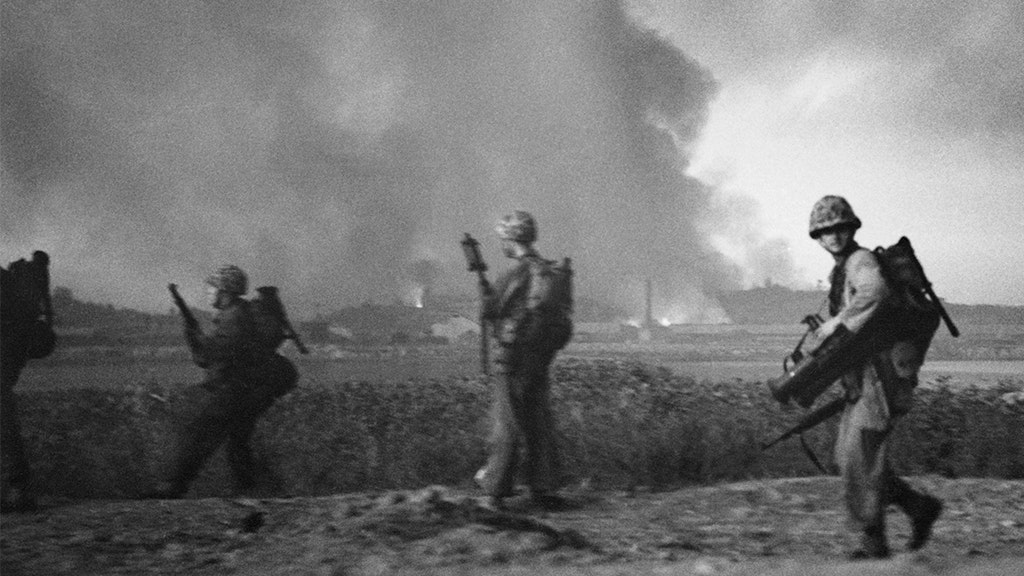On September 15, 1950, amidst skepticism and doubts, the United States and General Douglas MacArthur embarked on a daring operation to land U.S. Marines at Inchon on the west coast of Korea during the Korean War. This strategic move, just months after the war began, cut the North Korean forces in two and allowed the U.S.-led U.N. force to capture Seoul, the South Korean capital that had fallen to the communists in June. The landing was a complicated operation involving coordination of forces by air, land, and sea, and marked a turning point in the war.
The success of the Inchon landing, as described in an article by the U.S. Naval Institute, was “epic in scale” and “audacious in concept.” The operation, named Operation Chromite, altered the course of the Korean War and showcased the critical importance of projecting sea power ashore. MacArthur’s confidence in the Navy’s ability to carry out the operation was well-placed, as the expertly planned air-sea-ground attack proved decisive in advancing the U.N. forces and limiting the conflict to the Korean Peninsula. This marked a resurgence in the use of naval and marine forces in Cold War strategy.
The Korean War began in June 1950 with North Korea’s invasion of South Korea, leading to a pushback of South Korean forces. However, the tide began to turn on September 15, 1950, when U.N. forces successfully implemented MacArthur’s plan for the Inchon landing. Despite skepticism from other military leaders, MacArthur’s vision and determination paid off as the U.N. forces drove towards Seoul, gaining a strategic advantage in the war. The success of the operation at Inchon proved to be a pivotal moment in the conflict.
MacArthur’s decision to land at Inchon was based on several strategic considerations. He believed that a decisive troop movement behind the North Korean lines would turn the tide of the war in favor of the U.N. forces. By selecting Inchon as the landing site, MacArthur anticipated catching the enemy off-guard and cutting off their lines of communication. The heavily defended nature of Inchon also contributed to the element of surprise, as the North Koreans did not expect an attack from that strategic point.
The impact of the Inchon landing went beyond just the military victory. It validated the importance of projecting sea power ashore and demonstrated the effectiveness of amphibious operations in modern warfare. The success of Operation Chromite bolstered the confidence in Navy-Marine Corps amphibious forces and contributed to the deterrence of aggression during the Cold War era. The legacy of the Inchon landing continued to influence U.S. military strategy in the years that followed, showcasing the power and versatility of sea power in achieving military objectives.
In conclusion, the Inchon landing on September 15, 1950, was a daring and audacious operation that changed the course of the Korean War. General Douglas MacArthur’s strategic vision and the coordination of U.S. forces marked a turning point in the conflict, ultimately leading to the recapture of Seoul and splitting the North Korean forces. The success of the operation demonstrated the importance of projecting sea power ashore and showcased the effectiveness of amphibious assaults in modern warfare. The legacy of the Inchon landing continued to influence U.S. military strategy, highlighting the role of naval and marine forces in achieving military objectives.













